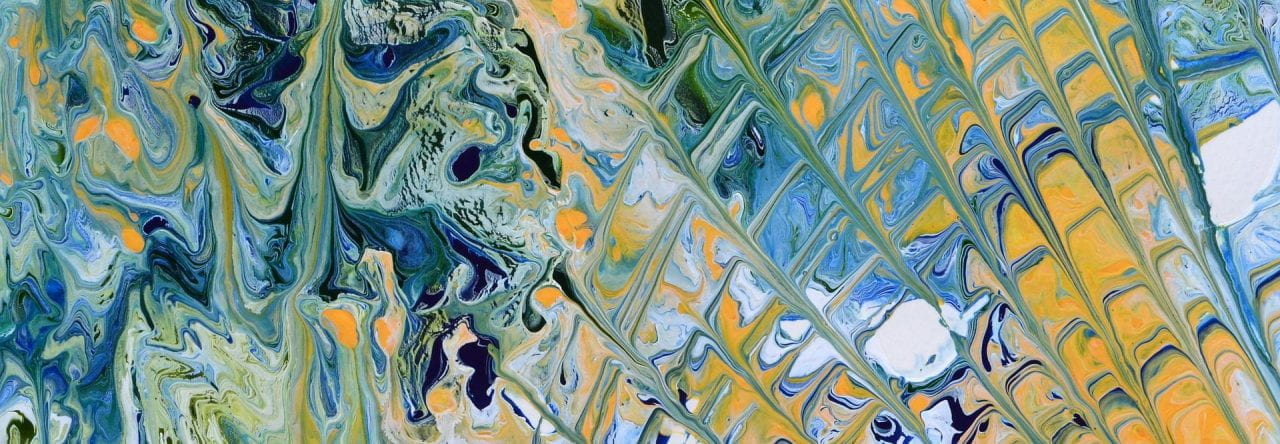Spring 2024
Date: 1–5 pm, Friday, April 12
Location: Brown University, Barus & Holley 190
Program
1 – 1:30 pm · Ying Zhang (Northeastern)
Understanding the biased distribution in traction forces in cooperative cell motility
Streams of migratory Dictyostelium cells are initiated by the formation of tandem pairs of cells connected head to tail to which other cells and subsequently adhere. Interestingly, when cells migrating in tandem pairs the dynamics of the traction forces exhibit two distinct patterns with a significant bias in their occurrences. In about 80% of the time each cell in the migrating tandem pairs generates a contractile traction force dipole, maintaining the traction force signature of the single cell case. In about 20% of the time the two cells fuse into a single contractile traction force dipole. Although previous experimental works suggested linking the pair mechanically, it remains unclear what are the contributing factors that lead to this bias. In this work, we develop a model to explain the emergence of the biased distribution traction forces mechanistically. As the mechanism at the cell-cell junction with the environment in Dictyostelium cells is unknown, we will use both a simplified and a 2D model model to reveal the mechanical coupling at the cell-cell junction that gives rise to this bias. This is joint work with Calina Copos.
1:30 – 2 pm · Alanna Haslam-Hyde (BU Graduate Workers Union)
Exponential dichotomies in spatial evolutionary equations for elliptic PDEs
Exponential dichotomies, when they exist, provide powerful information about the structure of bounded solutions even in the case of an ill-posed evolutionary equation. The method of spatial dynamics, in which one views a spatial variable as a time-like evolutionary variable, allows for the use of classical dynamical systems techniques, such as exponential dichotomies, in broader contexts. This has been utilized to study stationary solutions of PDEs on spatial domains with a distinguished unbounded direction (e.g., the real line or a channel). Recent work has shown how to extend the spatial dynamics framework to elliptic PDEs posed on general multi-dimensional spatial domains. In this talk we show that, in the same context, exponential dichotomies do exist, thus allowing for their use in future analyses of coherent structures, such as spatial patterns in reaction-diffusion equations on more general domains.
2–3 pm · Björn Sandstede (Brown)
Data-driven methods for inference in dynamical systems
In this talk, I will give an overview of several data-driven questions that can be tackled using optimal-transport based algorithms. First, I will show that irregular patterns formed of interacting spots and stripes can be described nonlinearly by pattern statistics, which are probability measures that capture the distribution of certain features, such as the number of connected components or their areas. We use this approach with arclength predictor-corrector continuation to trace out transition and bifurcation curves in parameter space by maximizing the Wasserstein distance of the pattern statistics. Secondly, I will discuss the application of optimal-transport-based algorithms to infer gene-regulatory networks from temporal single-cell gene expression counts. After demonstrating its effectiveness on simulated data, we apply this method to single-cell gene expression from the human somatic cell population undergoing conversion to induced pluripotent stem cells and developmental timepoints in Drosophila. Our results recover the temporal sequencing of gene expression data and make predictions for the underlying gene-regulatory networks.
3:30 – 4 pm · Ben Hosek (BU Graduate Workers Union)
Transverse pattern formation in the Cahn–Hilliard Equation in the wake of a quench
The Cahn–Hilliard equation is used to model phase separative pattern formation in many contexts, such as binary alloy mixtures, chemical precipitation, and evaporative deposition experiments, and can form many different types of patterns. In two spatial dimensions, we study which types of transversely modulated patterns can be selected in the wake of a simple plateau quenching heterogeneity. Such a heterogeneity spatially progressively travels across the domain with fixed speed, exciting patterns in its wake. Using a functional analytic approach based on exponential weights and Lyapunov-Schmidt reduction, we show that two families of patterns, induced by O(2)-symmetry in the system, generically arise via a Hopf bifurcation from the background front as the quenching speed is varied.
4 – 4:30 pm · Oussama Landoulsi (UMass Amherst)
On the nonlinear Schrödinger equation outside an obstacle
In this talk, we consider the focusing nonlinear Schrödinger equation (NLS) in the exterior of a compact and strictly convex obstacle, with Dirichlet boundary conditions. We study the asymptotic behavior of the solution for large times and finite time. We prove the existence of these types of solutions: solitary wave solutions (solitons), blow-up solutions (solutions with finite time of existence), and scattering solutions (global and behaving asymptotically as linear solutions) for the NLS equation in the exterior of a convex obstacle.
4:30 – 5 pm · Mara Freilich (Brown)
Analytic tools for non-linear geophysical fluid dynamics
Ocean dynamics at scales of 100 m – 10 km, called the ocean submesoscale, play a key role in mediating upper ocean energy dissipation and dispersion of tracers. Dynamics at these scales are traditionally difficult to study because the first-order importance of both planetary rotation (geophysical dynamics) and non-linear advection means that the traditional simplifications of the equations of motion are not possible. Recent observations of velocity in this submesoscale regime challenge classical theories. I will present a new tool to detect the non-linear geophysical regime that can be easily applied to aid dynamical interpretation of velocity observations. In addition, I will use coarse-graining approaches to discuss the dynamics that lead to energy transfer across scales in these new observations and discuss implications for carbon and nutrient transport.
